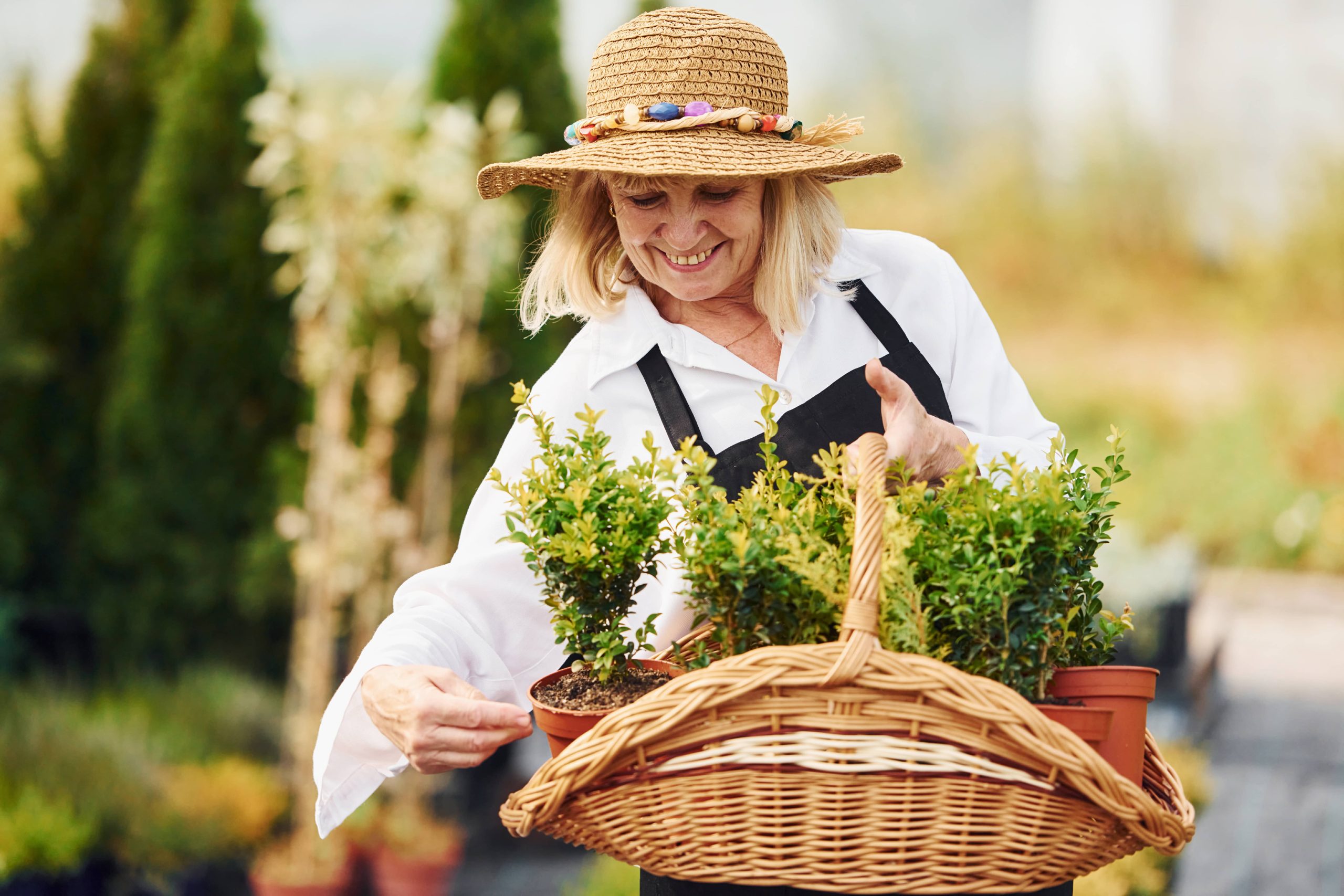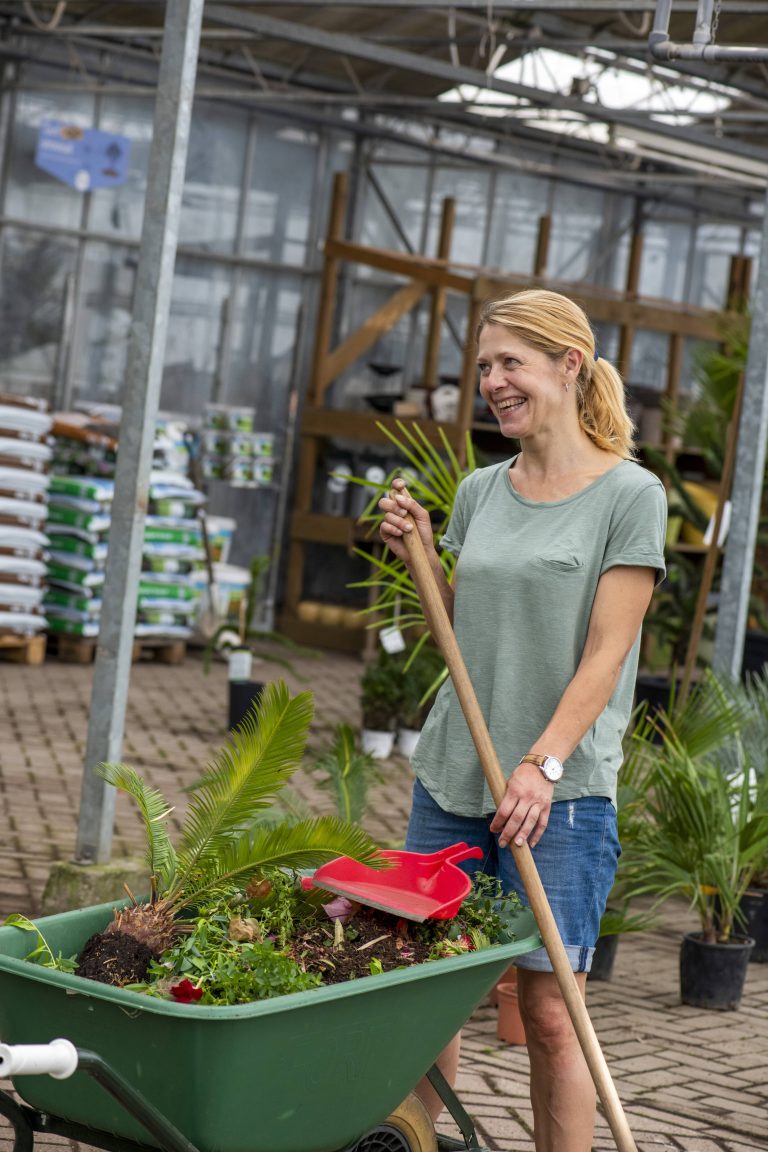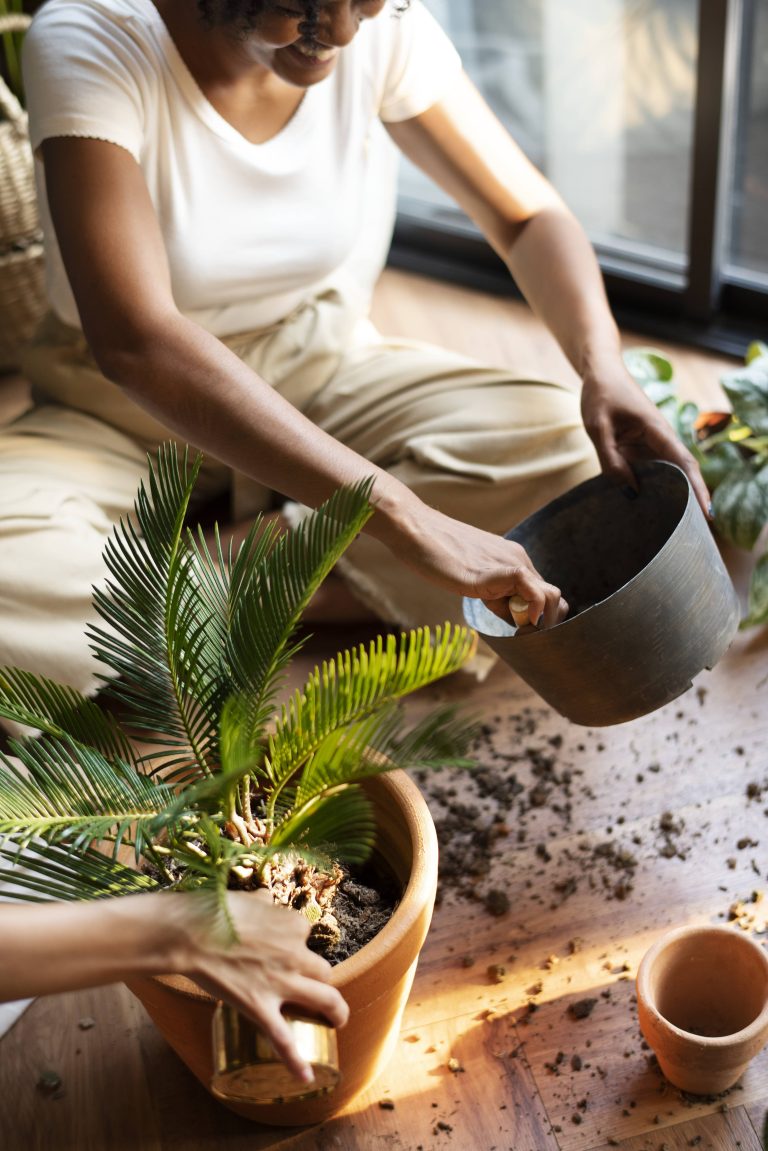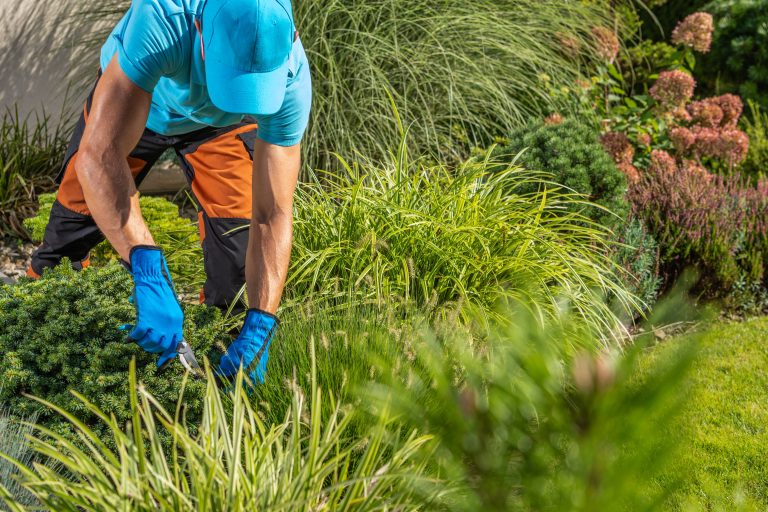
In the pursuit of creating beautiful outdoor spaces, gardeners and landscapers are often faced with a plethora of choices when it comes to selecting plants. While exotic and non-native species may entice with their unique appearances, incorporating native plants into your outdoor gardening and landscaping offers numerous benefits that transcend aesthetic appeal. Native plants are those that occur naturally in a given geographical area, having adapted over millennia to the local climate, soil conditions, and ecosystem dynamics.
1. Environmental Sustainability
One of the most compelling reasons to incorporate native plants into your garden is their environmental benefits. Native plants are integral to maintaining local ecosystems. They provide crucial habitats and food sources for native wildlife, including birds, butterflies, and bees. By choosing native plants, gardeners support biodiversity, which is essential for a healthy, functioning ecosystem.
Since native plants are adapted to local environmental conditions, they typically require less water, fertilizer, and pesticides compared to non-native species. For instance, in regions with dry climates, using drought-tolerant native plants can drastically reduce the need for irrigation, conserving water resources. This natural adaptability also means native plants are more resilient to pests and diseases, reducing the need for chemical interventions that can be harmful to beneficial insects and soil health.
2. Economic Benefits
Incorporating native plants can also offer economic advantages. Due to their adaptability to local conditions, native plants often require less maintenance, reducing long-term costs associated with water, fertilizers, and pest control. Moreover, native plants can improve soil structure and reduce erosion, which can save money on soil amendments and infrastructure repair over time.
Furthermore, native plants can play a role in increasing property value. A well-designed landscape that incorporates native flora can create a unique, regionally distinct aesthetic appeal that sets the property apart and attracts potential buyers who value sustainability and conservation efforts.
3. Enhancing Wildlife and Promoting Biodiversity
Native plants have evolved alongside local wildlife, forming mutually beneficial relationships. They provide essential nectar, pollen, and seed sources for native insects, birds, and mammals. By planting native species, you can attract and support a diverse array of wildlife. For instance, native flowering plants can serve as vital food sources for pollinators such as bees and butterflies, many of which are facing population declines due to habitat loss and pesticide use.
Creating a garden or landscape with native plants can transform your outdoor space into a vibrant habitat teeming with life. Imagine hosting an array of colorful butterflies, hummingbirds, and songbirds, all thriving in your garden. Such a dynamic ecosystem not only enriches your outdoor space with beauty but also contributes to the broader effort of conserving local wildlife.
4. Cultural and Historical Significance
Beyond environmental benefits, native plants often hold cultural and historical significance. Many native plants have been used for centuries in traditional medicine, crafting, and as food sources by indigenous peoples and early settlers. By incorporating native plants, gardeners can preserve and celebrate this heritage, fostering a deeper connection with the land and its history.
In some regions, native plants have become symbols of local identity, weaving a narrative of place and belonging. By cultivating these plants, gardeners can contribute to the preservation of local lore and tradition, enriching their landscapes with stories and significance that transcend mere aesthetics.
5. Climate Resilience and Adaptation
As climate change poses increasing challenges to traditional gardening practices, native plants offer a solution rooted in resilience. Their long-term adaptation to local climate conditions makes them better equipped to withstand extreme weather events, such as droughts, floods, and temperature fluctuations. This resilience can be instrumental in developing climate-smart gardens and landscapes capable of thriving amid changing conditions.
Moreover, native plants can contribute to carbon sequestration, helping to mitigate the impacts of climate change. Trees, shrubs, and grasses capture and store carbon dioxide from the atmosphere, playing a role in reducing greenhouse gas concentrations.
Incorporating Native Plants: Practical Tips
1. Research Your Region: Start by identifying the native plants that naturally occur in your area. Local extension services, botanical gardens, and native plant societies are excellent resources for information on suitable species.
2. Plan Your Design: Consider the specific conditions of your garden, such as soil type, sunlight, and water availability, to select appropriate native species. Group plants with similar requirements to create harmonious, self-sustaining plant communities.
3. Start Small: If you’re new to native planting, start small by incorporating a few native species into your existing garden. Over time, you can expand and gradually transition to more native plantings.
4. Avoid Invasive Species: Be cautious of invasive non-native species that can outcompete local flora and disrupt ecosystems. Ensure your plant choices support the local environment’s balance rather than hinder it.
5. Engage with Community: Join local gardening groups or associations focused on native plants. Sharing experiences and knowledge with other native plant enthusiasts can enrich your understanding and appreciation of these remarkable species.
In summary, incorporating native plants into your outdoor gardening and landscaping offers a multitude of benefits, ranging from environmental sustainability and economic advantages to enhanced biodiversity and cultural significance. By choosing native plants, you not only create beautiful, resilient, and ecologically sound gardens but also contribute positively to your local environment and community. Embrace the myriad benefits of native planting and let your garden flourish naturally.












